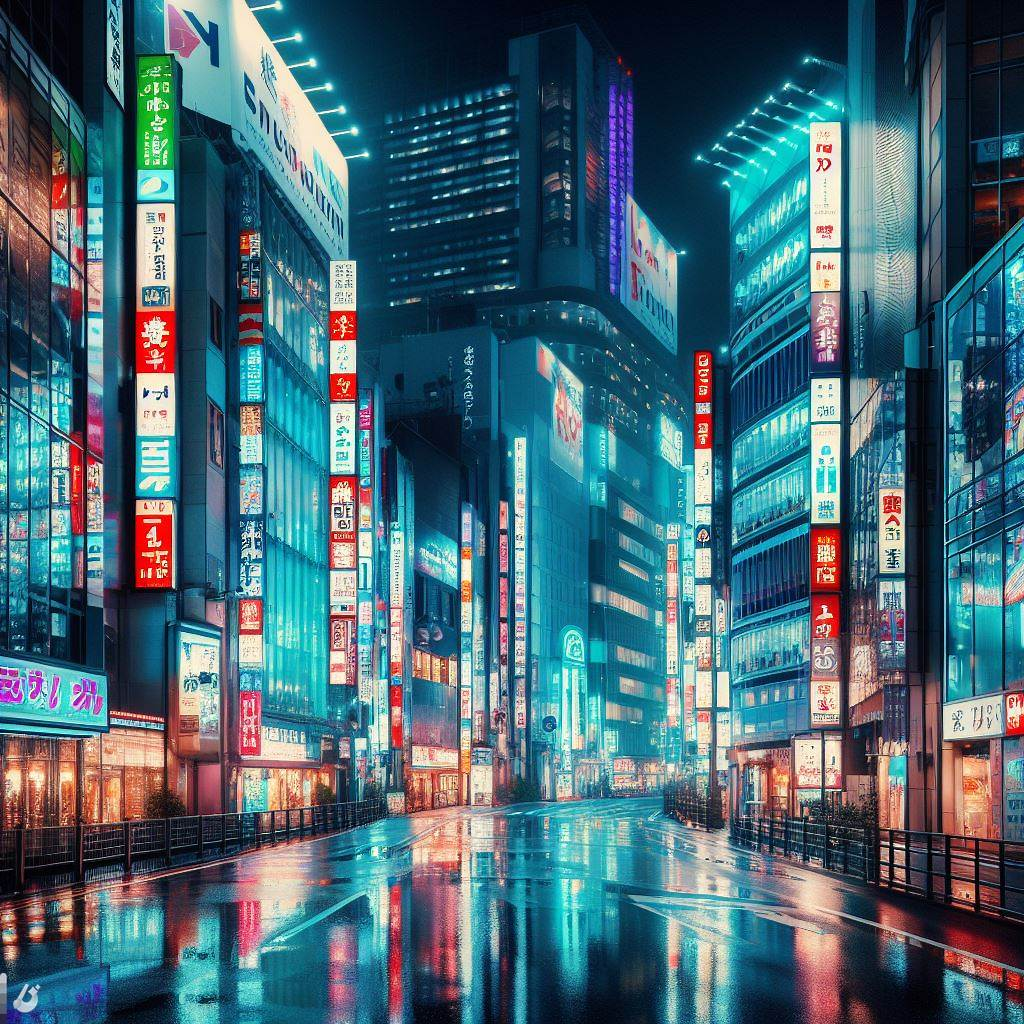Neon lighting, since its inception in the early 20th century, has become a significant element in urban architecture. Its influence extends beyond mere aesthetics, shaping the night cityscape and impacting human behavior and urban life.
The Dawn of Neon Lighting
Neon lighting was brought to life during a period of rapid technological innovation. When neon gas was first discovered in the closing years of the 19th century, specifically in 1898, it opened up an entirely new realm of possibility for lighting solutions. Its unmissable, vibrant colors and the flexibility to be twisted and contoured into any desired shape made neon an enticing and unique option for signage and decorative purposes, both commercial and artistic.
The Transformation of Urban Architecture
The advent of neon lighting has had a profound and lasting impact on urban architecture, fundamentally changing the aesthetics of our cityscapes. It has transformed the visual experience of cities, adding an unparalleled vibrancy and injecting life into structures that might otherwise be considered dull and mundane. Buildings that are adorned with neon lights take on a new persona at night, appearing more inviting and pulsating with life, drawing pedestrians in and contributing to vibrant, lively cityscapes.
Redefining the Night Cityscape
Not only has neon lighting transformed the way buildings look, but it has also completely redefined the landscape of cities at night. The glow of neon lights punctuating the darkness of the night sky creates a mesmerizing visual effect. This illumination makes cities appear to be buzzing with life even in the darkest hours of the night, significantly influencing nightlife and nocturnal activities in urban areas and essentially transforming cities into a 24-hour hub of activity and excitement.
The Fascinating Science Behind the Glow
From a scientific perspective, neon lighting is a marvel of physics. When an electric current is passed through a tube containing neon gas, it excites the neon atoms. This excitement causes them to emit a distinct reddish-orange glow that has become synonymous with neon lighting. The use of other gases and phosphor coatings can create a spectrum of different colors, leading to the vibrant, glowing cityscapes that are a hallmark of modern urban life today.
The Author’s Opinion
As an author, I believe that neon lighting has revolutionized urban architecture. However, while it brings life to our cities, it’s essential to consider potential drawbacks. Light pollution is a concern, and energy consumption of neon lights can be high. As we move towards a more sustainable future, it’s crucial to balance the aesthetic benefits of neon lighting with its environmental impact.
In conclusion, the influence of neon lighting on urban architecture and the night cityscape is undeniable. Its vibrant glow has transformed our cities into lively, dynamic spaces, fundamentally changing how we perceive and interact with urban architecture.
